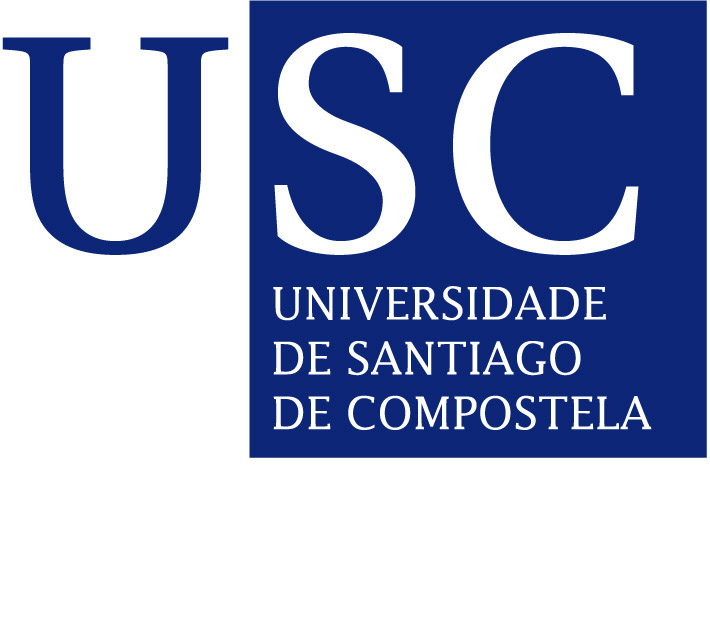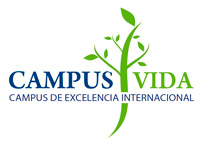Conference: «Thin film processsing for MAX phases and novel thermoelectric materials»

Prof. Dr. Per Eklund (Linköping University - Sweden).
Aula de Seminarios del CiQUS
12:15h
 In this conference, I will briefly review recent developments in the MAX-phase field with focus on thin-film physics and engineering. A brief overview of thin-film processing methods (sputtering, arc deposition, CVD) will be given, with an emphasis on the characteristic attributes of each method and especially how they relate specifically to processing of MAX phases. The thin film research in the area of MAX phases will also be discussed in correlation to the rapidly emerging field of two-dimensional MXene materials derived from bulk MAX phases.
In this conference, I will briefly review recent developments in the MAX-phase field with focus on thin-film physics and engineering. A brief overview of thin-film processing methods (sputtering, arc deposition, CVD) will be given, with an emphasis on the characteristic attributes of each method and especially how they relate specifically to processing of MAX phases. The thin film research in the area of MAX phases will also be discussed in correlation to the rapidly emerging field of two-dimensional MXene materials derived from bulk MAX phases.
The critical material-dependent parameter, limiting the efficiency and widespread use in energy harvesting of thermoelectrics, is the figure of merit (ZT = S2T/ρκ, where ρ is the electrical resistivity, S is the Seebeck coefficient and κ is the total thermal conductivity). Our recent research has demonstrated a potential novel class of thermoelectric materials, in that ScN thin films exhibit an anomalously high power factor (S2/ρ) for transition metal nitrides of 2.5-3.3×10-3 W/mK2 at 800 K. We have explained this result by nitrogen vacancies generating an asymmetric sharp feature in the density of states which allows low electrical resistivity with relatively large S. However, ScN has high thermal conductivity, thus its ZT is low (~0.2). To reduce lattice thermal conductivity, potential strategies are nanostructuring, alloying or nanoinclusion formation. To understand which alloying elements that could be of interest at elevated temperatures where diffusion can be activated, we have investigated the trends in mixing thermodynamics of ScN-based solid solutions, correlated with experimental studies. The results are used to discuss suitable candidate materials for different strategies to reduce the high thermal conductivity in ScN-based systems.
About Eklund
Per Eklund is Associate Professor and head of the Energy Materials group of the Thin Film Physics Division at Linköping University. His research interests are fundamental thin film physics and materials design of ceramic materials (oxides, nitrides, carbides, MAX phases) for application in the energy area (thermoelectrics, fuel cells), hard coatings, and electrical contacts. He holds numerous important research grants including an ERC Starting Grant and the Swedish Foundation for Strategic Research Ingvar Carlsson Award and Future Research Leaders. He has also received several prestigious awards, including being appointed World Economic Forum Young Scientist 2013, the AVS Paul H. Holloway Young Investigator Award 2013, and Carl XVI Gustaf’s (the Swedish King’s) 50th anniversary foundation) 2013. He manages numerous collaborative projects with industry, including 1 industry postdoc and 2 industry PhD students. He is Elected Member of the Young Academy of Sweden and Editor of the journal Vacuum (Elsevier).


